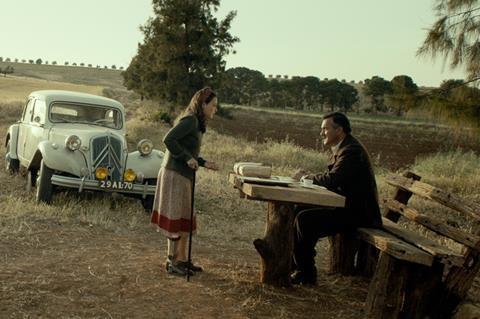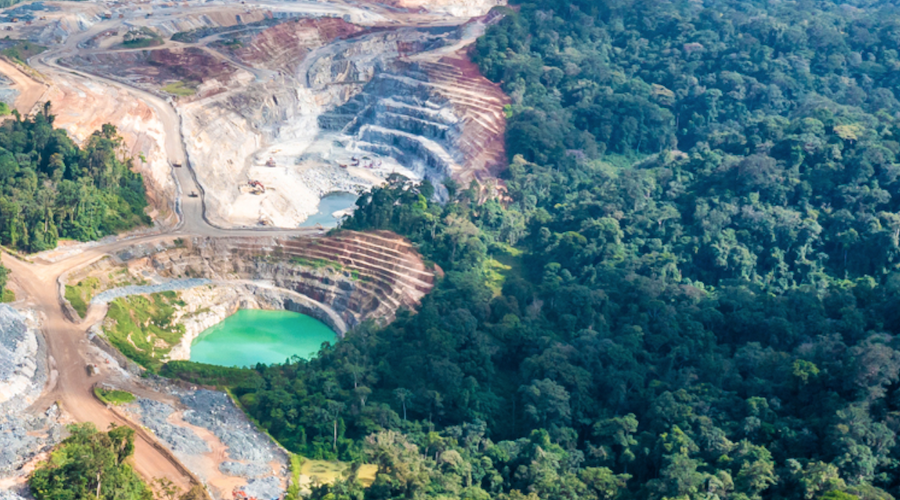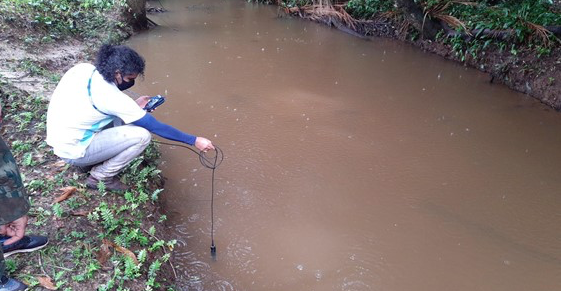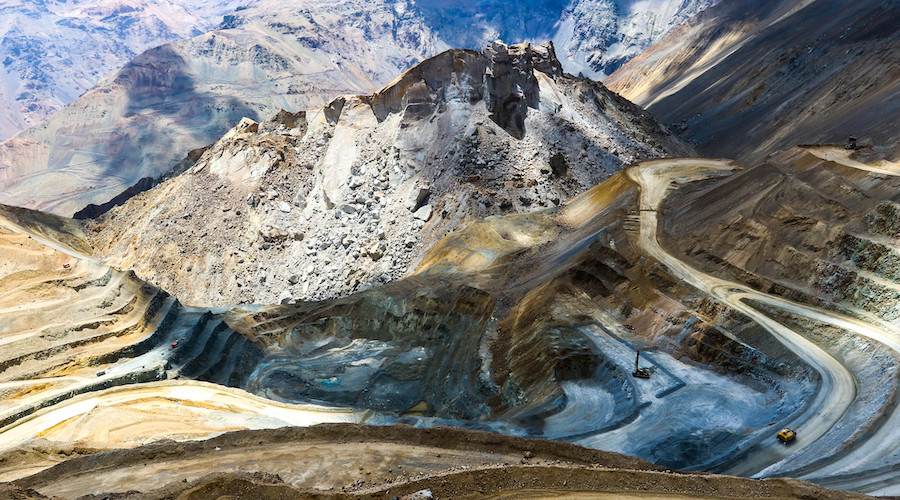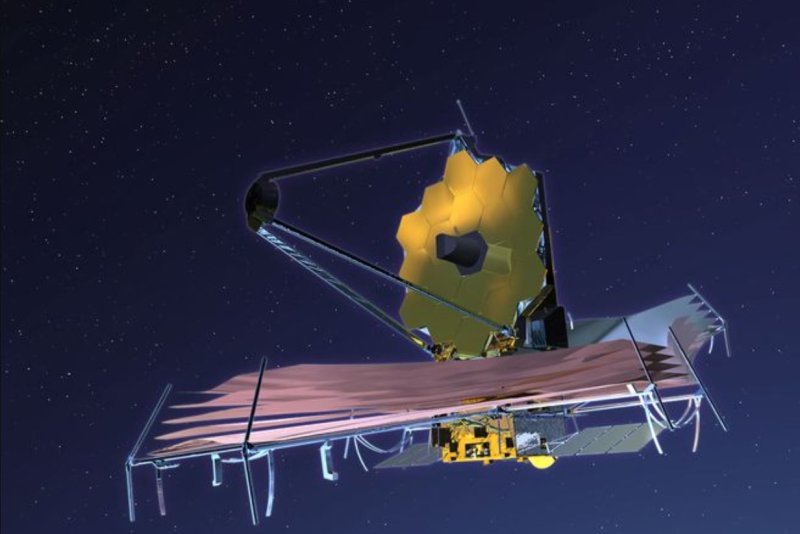Abdullah Mohammad Saad’s second feature brings moral and ethical complexity to a portrait of a woman seeking justice at any cost.
By Richard Kuipers

Female rage is powerfully distilled and expertly distributed in “Rehana Maryam Noor,” a riveting social drama about a female doctor who demands justice in a case of sexual assault at a Dhaka medical school. The second feature by Abdullah Mohammad Saad (“Live From Dhaka”) features a superb lead performance by Azmeri Haque Badhon as the medico whose relentless determination drives her toward reckless obsession. Still going strong in local cinemas four weeks after its Nov. 12 release, this provocative portrait of a complex and increasingly unstable woman is Bangladesh’s Oscar submission, with an early 2022 U.S. theatrical release planned under the abbreviated title of “Rehana.”
The first Bangladeshi feature selected for Un Certain Regard at Cannes, “Rehana” has since notched significant festival mileage and picked up Best Actress and Grand Jury prizes at the Asia Pacific Screen Awards. Playing more and more like a thriller as events unfold, “Rehana” packs a seething “enough is enough” message into every twist of a snowballing tale that asks viewers to consider whether some of the heroine’s choices can justify her goal of bringing a sexual predator to account. Neither condemning nor approving the actions of Dr. Rehana Maryam Noor (Badhon), Saad’s finely tuned screenplay does an exemplary job in allowing viewers to understand how her decisions are shaped and influenced by the enormous and destabilizing pressure she faces as a daughter, sister, widowed mother and professional woman in a patriarchal society.
It’s clear from the outset that Rehana is not someone who can turn a blind eye to wrongdoing. An assistant professor at a medical school attached to a busy hospital, Rehana expels student Mimi (Zopari Lue) for cheating in an exam and threatens to also disqualify Annie (Afia Tabassum Borno) when she pleads for Mimi to be shown leniency. That’s mild compared to what happens when Rehana later witnesses Annie being sexually assaulted by a senior teacher, Prof. Arefin (Kazi Sami Hassan), an otherwise friendly and apparently nice guy who’s liked by his students for not applying the same strict disciplinary and ethical standards as Rehana.
Though clearly shattered by what’s just happened, Annie wants Rehana to forget what she’s seen. “They will blame me, I am a girl,” she says, knowing that any investigation will likely destroy her medical career before it’s begun. Overwhelmed by the fear that is so common in such circumstances, Annie threatens to “jump from the college roof” if Rehana breathes a word to anyone. But this only strengthens Rehana’s resolve. When Annie refuses to lodge a complaint with the school’s female principal (Saberi Alam), Rehana crosses moral and ethical lines by claiming she was in fact raped by Arefin.
It would have been easy for this story to stick with the comfortable option of portraying Rehana as a shining feminist crusader engaged in a clear-cut battle for the rights of vulnerable young women. But from this point onward his screenplay steers unflinchingly into much more difficult and murky territory, all the while putting up a strong case for viewers to remain engaged and invested in Rehana’s story and the wider issues it raises.
Much of what we understand about Rehana and her quest for justice is channelled through her relationships with her infirm parents, unemployed and financially dependent brother Rony (Yasir Al Haq), and daughter Emu (Afia Jahin Jaima). Wonderfully played by this amazingly talented child performer, Emu is a lively first-grader who’s inherited her mother’s feisty streak and is in trouble for biting a boy at school. When the matter comes before administrators and the boy’s (heard but not seen) parents it is of no importance or concern that Emu’s actions were in retaliation for being constantly and painfully pinched by her classmate. “You don’t give a damn about your daughter” and “women should not have such a big ego” are comments directed at Rehana as expulsion is threatened.
Audiences can easily draw a connection between how this boy has been able to hurt a girl without being punished and why predators like Arefin think they can get away with sexually abusing women. As with the best films exploring gender relations “Rehana” sees things through the lenses of power, control and entrenched systems that make life far too easy for badly behaved males.
Rehana’s emotional and financial strain is emphasized by the film’s setting and visual strategy. The action never leaves the corridors, classrooms and offices of the hospital, which seems more like a prison than a workplace as events spiral out of control. The oppressive atmosphere is heightened by the use of a color-flattening blue filter and narrow depth-of-field photography that isolates Rehana in sharp focus while background detail often melts away into a blurry mass. The decision to film almost everything hand-held is generally successful but on some occasions it is overdone and brings attention to itself.
No music is used or needed to complement the tale of Dr. Rehana Maryam Noor. Whether withstanding comments like “only women like you get raped” from Arefin, or refusing to be bought off and silenced by the Principal who is more concerned about the reputation of the school than the welfare of its female students, Badhon’s immensely powerful performance strikes emotional notes that are all the stronger and more memorable for being surrounded by silence.
Read More About:
Abdullah Mohammad Saad,
Azmeri Haque Badhon,
Best International Feature Film,
Rehana Maryam Noor
‘Rehana’ Review: Bangladesh’s Oscar Submission Tells the Gripping Tale of a Female Doctor Involved in a Sexual Assault Case
Reviewed online, Dec. 8, 2021. Running time: 107 MIN. (Original title: “Rehana Maryam Noor”)
Production: (Bangladesh-Singapore) A Grasshopper Film, Gratitude Films release of a Potocol presentation of a Metro Video production, in association with Sensemakers, Films Boutique, supported by Busan International Film Festival Asian Cinema Fund, Busan Int'l Film Festival Asian Content Market, Doha Film Institute. (World sales: Films Boutique, Berlin.)
Crew: Director, writer: Abdullah Mohammad Saad. Camera: Tuhin Tamijul. Editor: Abdullah Mohammad Saad.
With: Azmeri Haque Badhon, Afia Jahin Jaima, Kazi Sami Hassan, Afia Tabassum Borno, Zopari Lue, Yasir Al Haq, Saberi Alam, Farjana Bithi, Zahed Chowdury Mithu, Khushiara Khushbu Oni, Avroadit Chowdhury (Bengali dialogue)
